Clair Obscur: Expedition 33 (Series X): Always Parrying its Own Potential
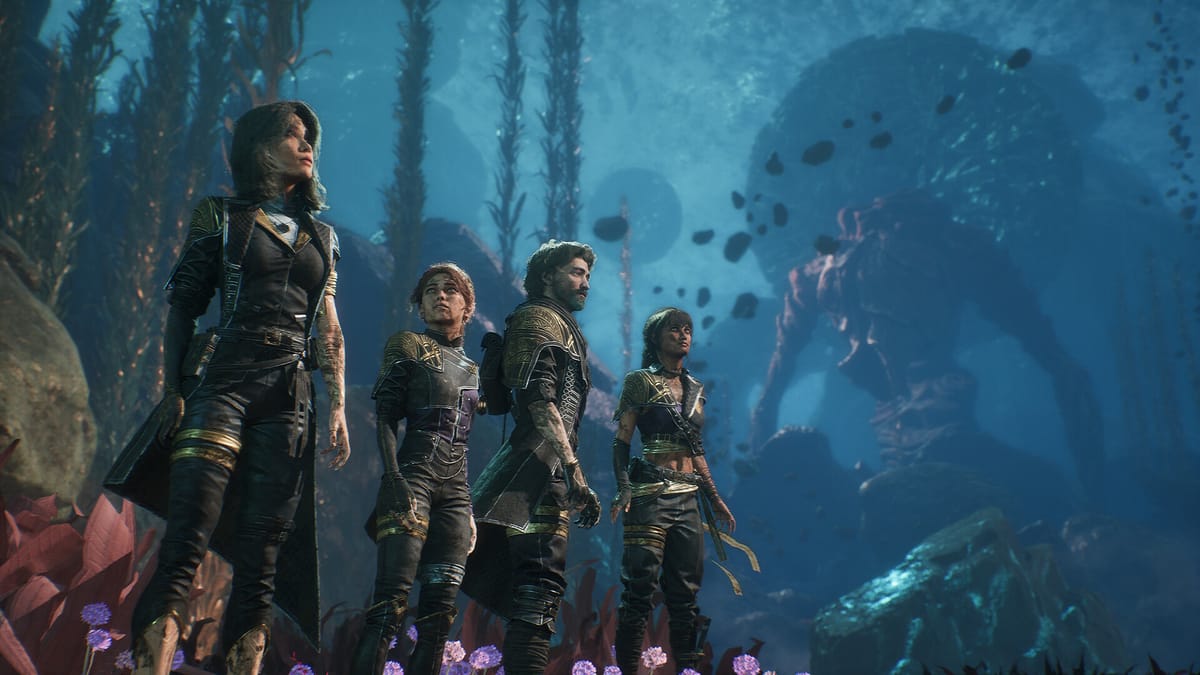
The highs are high but the lows are low. Clair Obscur: Expedition 33 is persistent mix of satisfaction and disappointment, of potential and eventual failure. A great premise is thrown to the wayside, replaced with a confused and unsatisfying narrative focus where plot ploughs through all else. Combat and music are persistently engaging, as is the freedom offered through interlinking systems. Yet, at almost every point, it feels an inch away from greatness, an iteration removed from how things should be.
The scene is set fascinatingly, we are in a unique world – with a fantasy aesthetic inspired by la Belle Époque. Not only is this a refreshing look for an RPG – especially as Clair Obscur places itself in a lineage of JRPGs that often repeat similar locales and stylings – it works nicely with the game's initial subversion. Where Belle Époque stylings frequently present a kind of revisionism that paves over inequality and periods of historical complexity, Clair Obscur uses this look for a world of deep melancholy. Surface level beauty gains an aching quality, the historic look becoming a metaphor for loss as well as cleverly encapsulating a worldbuilding idea where all are trying to keep up appearances in the face of devastating suffering. Our first narrative discovery is that we start in what may be the last city (or the only city the people know), a final bastion of humanity where, every year, a whole age group dies. Far away in the distance, a giant woman known as The Paintress sits on a monolith, each year she paints a giant number (ticking down every year) and each year, people who are that age are vanished away. This shapes the world in a Children of Men style way, creating a diminishing society in a way that impacts everything. You know what your max age will be and this burden of knowledge shapes society. The only hope is to send out expeditions with the hope of making it to The Paintress to destroy her and break the cycle.
The initial conflict is the weight of eventuality and how it snuffs out the small flame of hope. The number started at 67, erasing all that age and above, and since then – every year – expeditions have been sent out and no change has happened. A lot has been learned, with the promise that each expedition will build on the knowledge of the one before it but, as the years tick down, it becomes increasingly clear that the main goal of the expedition is to keep hope alive. Yet, true believers remain and that is where the story starts: you take control of the 33rd expedition, this time equipped with new technology that you hope will be enough. It is an amazing premise, one that gives immediate stakes, one that fleshes out the world so well and one that gives such import to your every act. The past lives on in the present, surfacing in some mechanics where – as you discover 'the continent' (the area leading up to The Paintress) you will benefit from the equipment left by those that came before. Flags of old expeditions function as bonfire style checkpoints (a la Dark Souls) and there are even climbing routes that have been left for you, enemies left thwarted and environmental hazards lessened. You feel like part of a lineage, a link to a game like Death Stranding perhaps but presented as a purely single player mechanic. It gives the world meaning and provides an inherent satisfaction to exploration. This wider conceit also positions the player well, allowing for expedient worldbuilding. The Continent is new to your party and you learn about it alongside them, found notes from previous expeditions feel narratively motivated and are a smart way of naturally filling in backstory. This gives it a powerful sense of discovery as well as a palpable sense of history.
Already, though, things are under executed. The opening scene is very reminiscent of Bioshock Infinite, a separated narrative segment that takes you through the world that feels a bit like a theme park ride. This linear segment has one overt purpose, to showcase a before time for an eventual fall. It is shown to you in 'It's a Small World' fashion, a piece of mechanical worldbuilding where overt intent overrides any sense of immersion. You play as Gustave and, very quickly, you learn you are about to be reunited with your ex-partner – the two clearly still being attracted to each other – ahead of premise revealing itself. Even before all is told to you, it's evident that you're being manipulated: pencil sketch romantic dynamics put in place just so things can be ripped away, a woman created just to be killed so that the male character can feel something and have an emotional rock for the journey the game will take him through. Everything in this opening feels built only to be taken away, immediately disposable. There's an expediency to starting at this narrative point but the way you are led through it can't shake off the feeling that all is theatre: the stage set just so they can transition to another. There's too much shorthand in play, too much overt foreshadowing: a heavy-handedness that becomes typical of the game.
Reaching The Continent is more interesting but also gives the first sign of the narrative's core weakness. To be crude, the game's style of storytelling is narrative edging. At all points, it focuses on obfuscating, giving you something not fully explained to keep you hanging on for answers. This links into a sense of discovery in the expedition but not very effectively as the plot is so focused on adding new questions rather than letting the promising ones ruminate. There's no space to think or discover as the narrative keep giving you half truths, artificially dragging you along. It just isn't confident storytelling. The premise with The Paintress, and a world ready to be discovered, is enough. Yet, at not point is that really allowed to breathe. There's a suffocating obsession with micro plotting that saps the potential of the macro story. It's evident in the prologue, where the rushed personal story clods over a more interesting broader tale, and then your expedition starts by introducing more mysteries – very specific ones – rather than allowing the original mystery to linger. Enigmatic characters are thrown at you, plot twists happen with staggering frequency. It always wants to add something, and it always wants to hide things away. You will be engaged due to obfuscation, wanting to find out answers because it keeps adding questions, but there's no room for deeper engagement. Themes, character and richer worldbuilding aren't able to develop – and are eventually basically thrown away. A few times, the game repeats a device in which a major event happens but is made to be redundant immediately. Relatively early on, a twist should create a grand sense of loss but the game is so keen to keep moving that it doesn't let that loss exist. Everything taken away is replaced in some way.
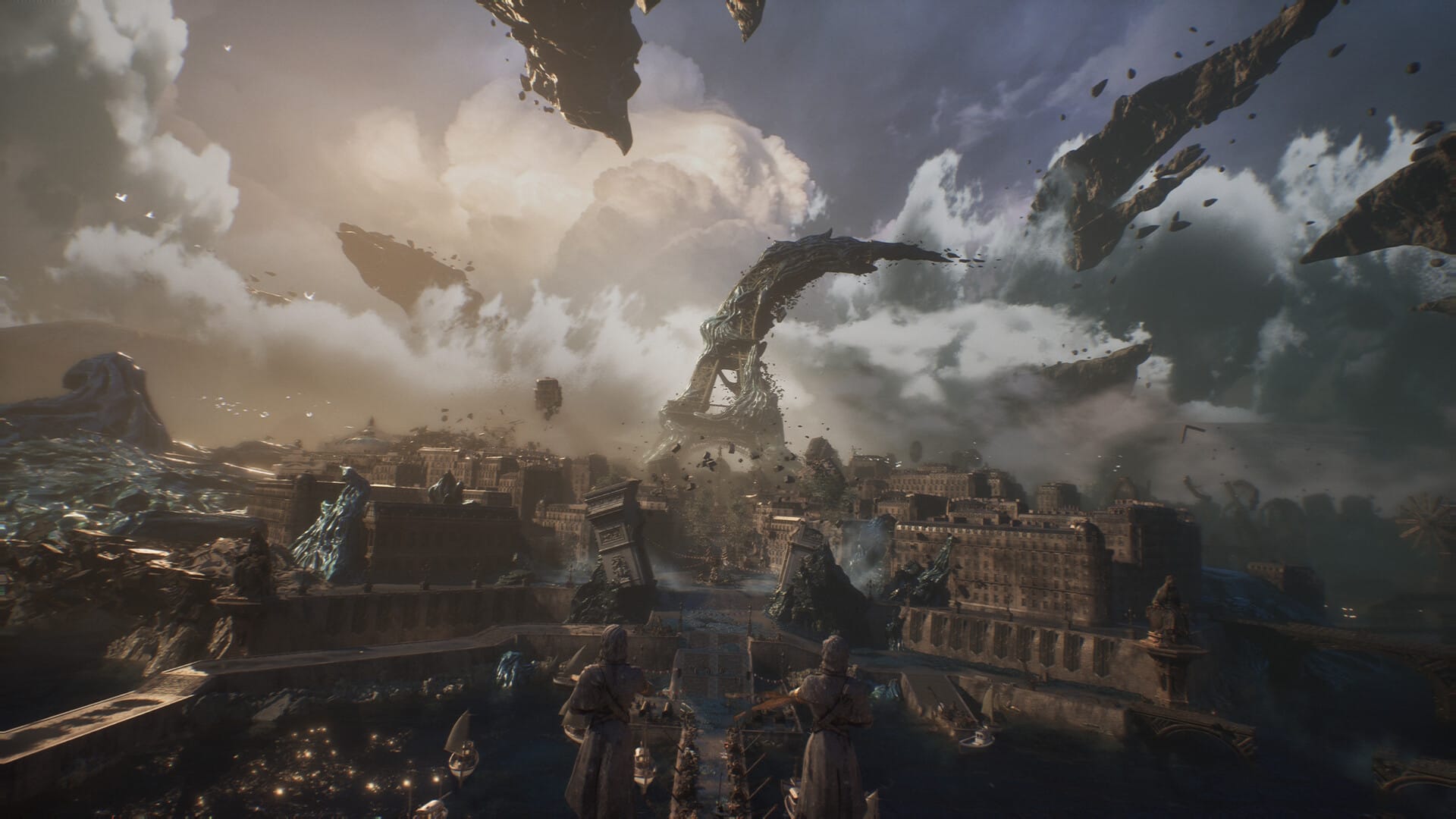
If it stuck to the original story, this would be thematically potent. There's no time to linger here as the mission overrides. Sadly, this isn't the approach it takes. Rather than moving forwards in a way that means you can't move back, the game just careens left and right. New twists frequently make previous plot points not matter and when the story fully develops, it leaves all the initial promise behind. We end up with a very different story and it is so much messier and so much less interesting. There's promise, and it could work, but the overinvestment in surprise comes at the expense of engagement. Clair Obscur is too busy trying to play tricks on you to actually win you over, the eventual story happens too late to gain purchase and just feels like a rushed betrayal of a more interesting setup. This is an attitude that reflects into wider game design. Yes, this is a very proficient looking game with an aesthetic that stands out. However, it can be quite a bland proficiency. The focus is on realism over stylisation and, though it aims at abstract and ethereal, the ultimate aesthetic just feels disparate. Characters look a touch off, with unmoving faces and glassy stares. One could argue that things are narratively justified but the narrative doesn't satisfy and more feels like a way of paving over legitimate criticism. The strangeness of The Continent isn't a very compelling or cohesive strangeness. Each area looks nice at the start but ends up being very repetitive, or just a similar way of presenting the same thing. This is hampered by rather terrible level design. Areas are uninterestingly laid out and the lack of a minimap just seems like a way of disguising poor level design. Exploration doesn't feel like discovery, just listless wandering down constrained paths – never knowing if it is the way to the main goal or to a side objective. It all feels restrictive and without compelling logic. A lot of set paths where you will get lost due to repetition, accidentally backtracking in a way that just adds bloat.
Combat is strong, though. It's a turn based system of instanced battles with some real time elements. A party of up to three takes on foes and there are a lot of very satisfying systems. The mechanics are built up deliberately but, from the very start, combat is really fun. Each character has a unique mechanic, a specific playstyle you have to learn, yet it is still very open ended. These party members eschew traditional roles and classes, a style more akin to the weapons in something like Monster Hunter where each different character is like playing a slightly different game. Every character is interesting, imaginative stuff, and there are brilliant opportunities for synergy. Persistent mechanics give you some autonomy over turn order and action points – as well as unified approach to defence. Powerful offensive skills have a QTE element to do extra damage (which is fun) but it is defence that's the most active. Every attack can be parried or dodged (or has a specific way of countering it). You can not only get through the entire game without taking damage, you can turn every attack against you into a strike against the foe. When you are locked in, it's a joy. Nailing the timing gives you a dominance over every battle and gives each fight an 'if it bleeds, you can kill it' framing. However, it does feel over tuned. Parrying is satisfying but it's a repeated skill check that doesn't reward creativity. Reflexes and pattern memorisation are prioritised over strategy as parries are always the answer in every fight. If you can nail that timing, you will get through any encounter. It is a shame because the offensive opportunities are really wide reaching, and can be customised in clever ways, but this will always be outweighed by the parry. Certainly, you can create builds (if you exercise some ingenuity) that will allow you to completely flatten foes. This rewards strategy and creativity and is more richly satisfying. However, difficulty is too often based on enemies just attacking a lot in more and more bespoke ways, and gaining mechanics that force you to engage with parrying to properly succeed. Still fun but a restrictive, limiting kind of fun that makes the least imaginative element the key to success.
The creativity of builds is the best part of the game. It is a refreshing combat system that is built smartly on the shoulders of JRPG contemporaries. The coolest part is the passive abilities, of which there are so many. You can equip three at a time but they also level up and, when mastered, you can purchase them with a findable resource that lets you attach them to characters without spending a slot. Progression opens up so many ways to create skill sets that totally change the way you approach battle. Entire mechanics can be turned on their head and synergised into each other. You will persistently find really exciting new skills that freshen up combat. The way mechanics speak to each other is just incredibly fun, it feels versatile and is a system that you can really express yourself in. You will build out a personal playstyle and a combat flow, your approach truly feels like your own. Though, even this system has some disappointing edges. Weapons are linked to stats, buffed by two specific characteristics, which means that you will pretty much only ever put points into two things. It's cool that putting points into health may actually be improving your attack but it actually just means the stats themselves are pretty useless. Why put points anywhere else? The things the characteristics would bring you are always secondary to buffing your attack. Stat allocation feels like it is there for the sake of convention and doesn't really fit. Each weapon also has a passive ability, so you may want to change to an exciting new weapon but your stat allocation is built to match something else. You can re-roll stats but only through an expendable resource – and only at key locations. This latter point is restraint enough and, though I always had respect points available, it feels like a pointless limitation. This system makes character progression a bit rote, as does some of the other currency systems. Sinking points into characters so they can take up more passive abilities is so cool, but that also means you will lock into a few characters and be dissuaded from using others. Why spread things evenly when you can just make your go to folks be more powerful. The problem with Clair Obscur is that every mechanic that gives more room for freedom and expression is held back by something that limits it. Sometimes it is as simple as cumbersome menu design – that disincentivises being as dynamic and flexible as you may otherwise want to be – but most of the time it's just counterintuitive mechanics.
It is cohesive in this way: a game that keeps getting in its own way. There's a great combat core – and I have to say the music is beyond reproach, a far-reaching and always brilliant soundtrack. However, the narrative devolves into unsatisfying nonsense, and has an ending that seems to actively betray some of the more interesting ideas. Plotting is distorted by an over focus on twists and then an over reliance on some genre tropes limits combat. Perhaps it is apt that the parry is over prioritised in this game as, truly, Clair Obscur keeps parrying itself. It strikes out boldly but then slaps itself down, finding ways to limit the possibilities of combat and really squandering its great narrative potential. It is still slick enough and open ended enough to be really exciting. When combat sings, this is a top tier experience. The things you can achieve are incredibly satisfying and some of the systems soar so high. However, disappointment is the primary colour that dominates the game's canvas. Bold brushstrokes can only get you so far if the overall image doesn't quite work.


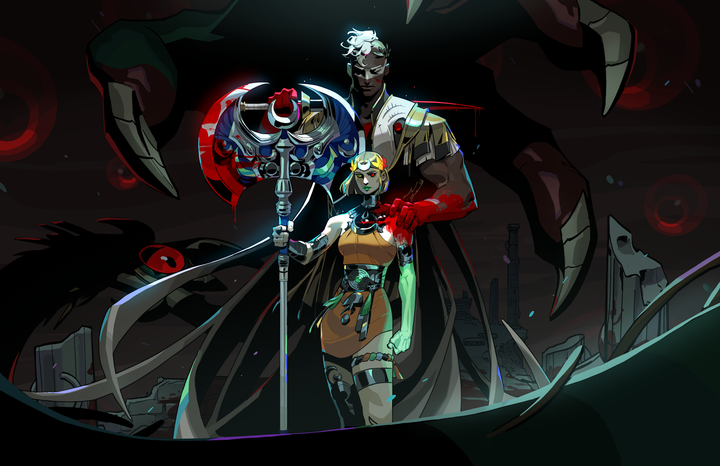
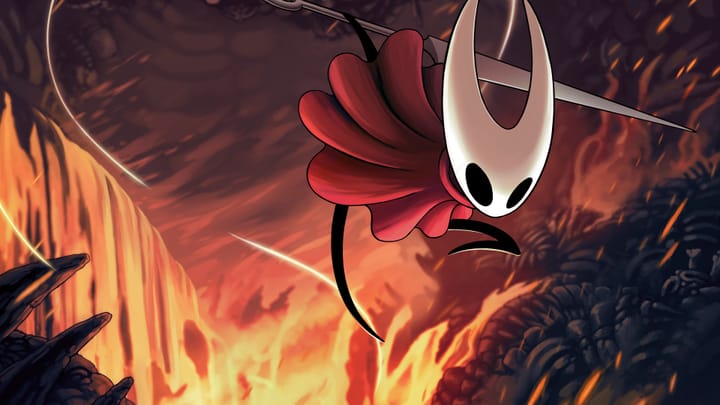
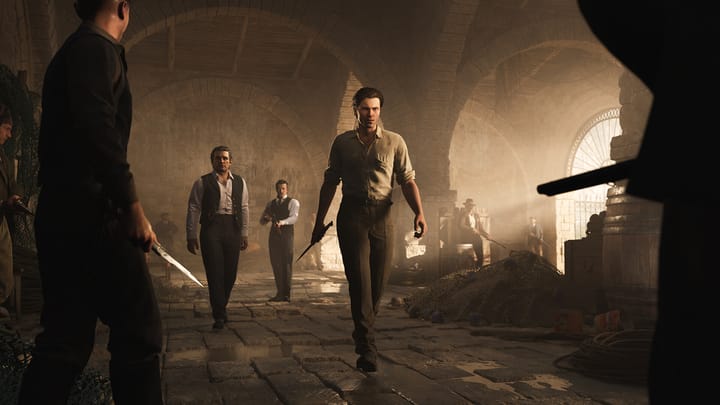
Comments ()